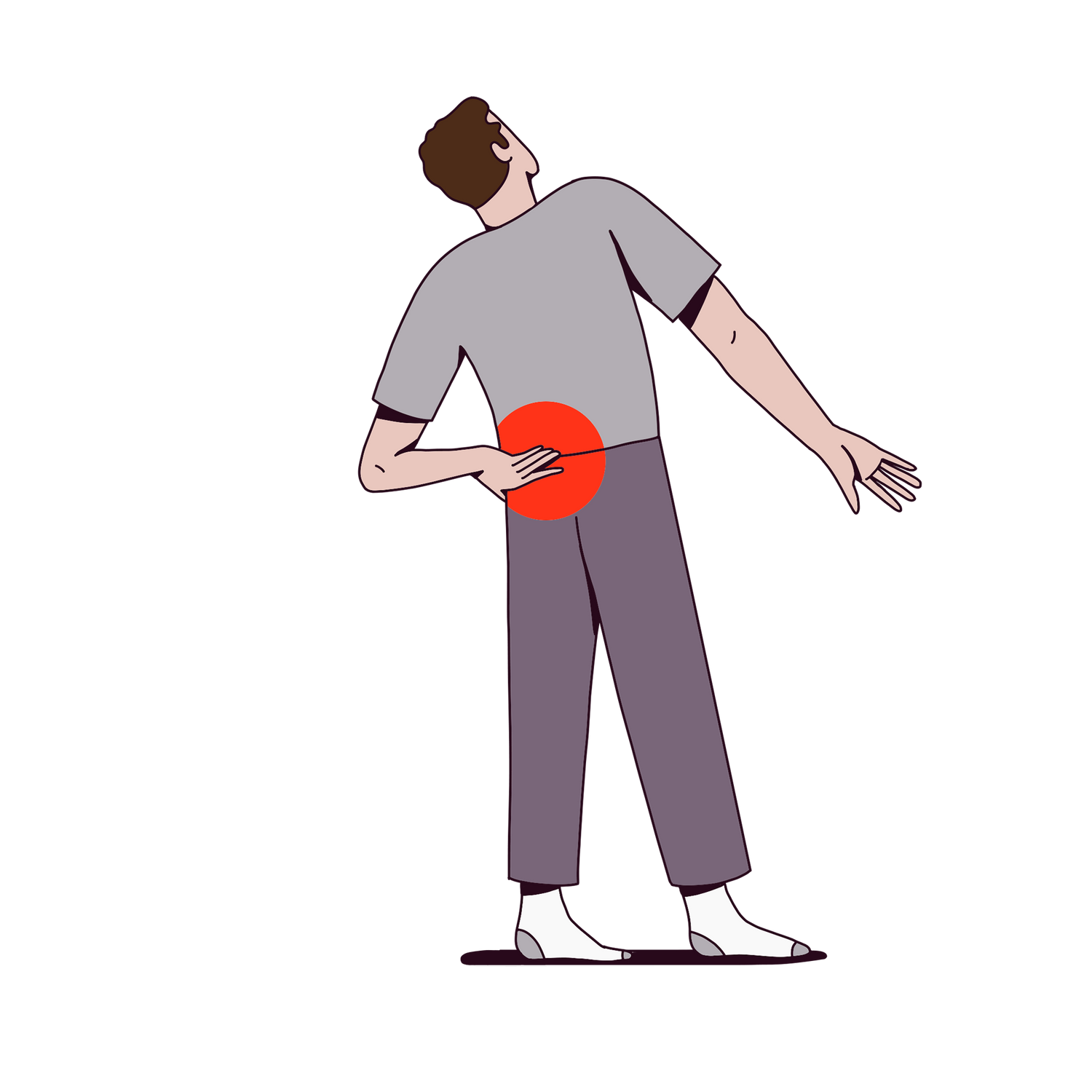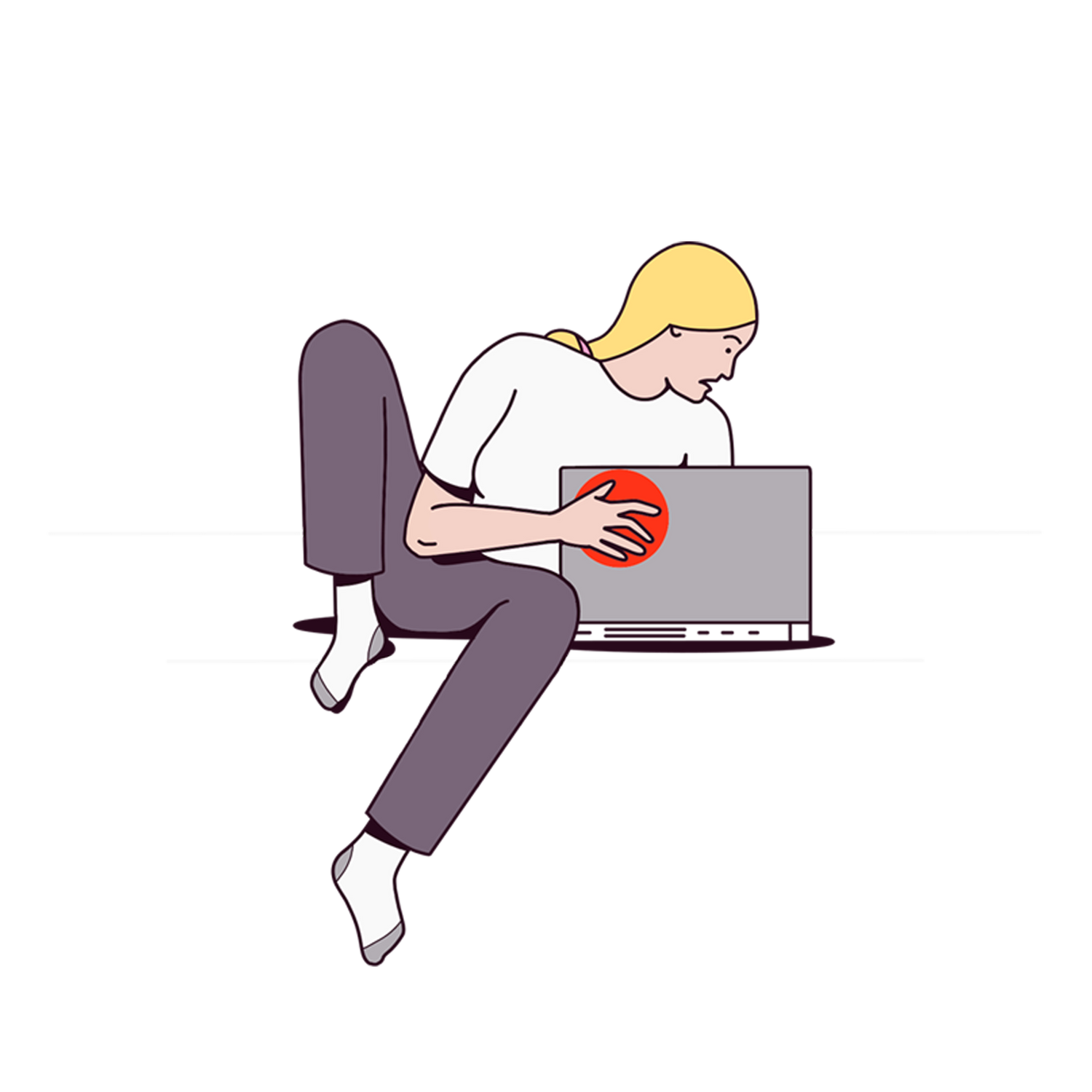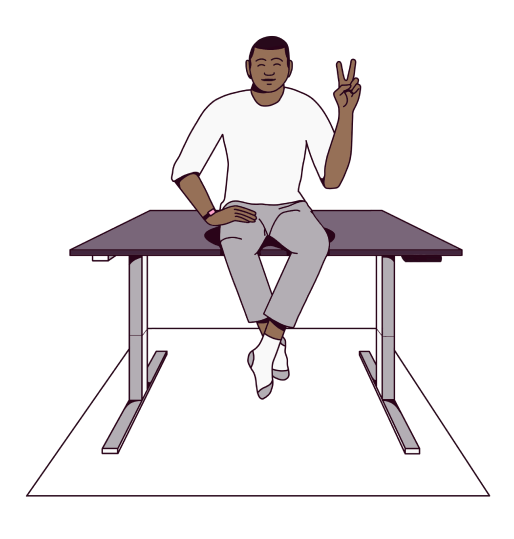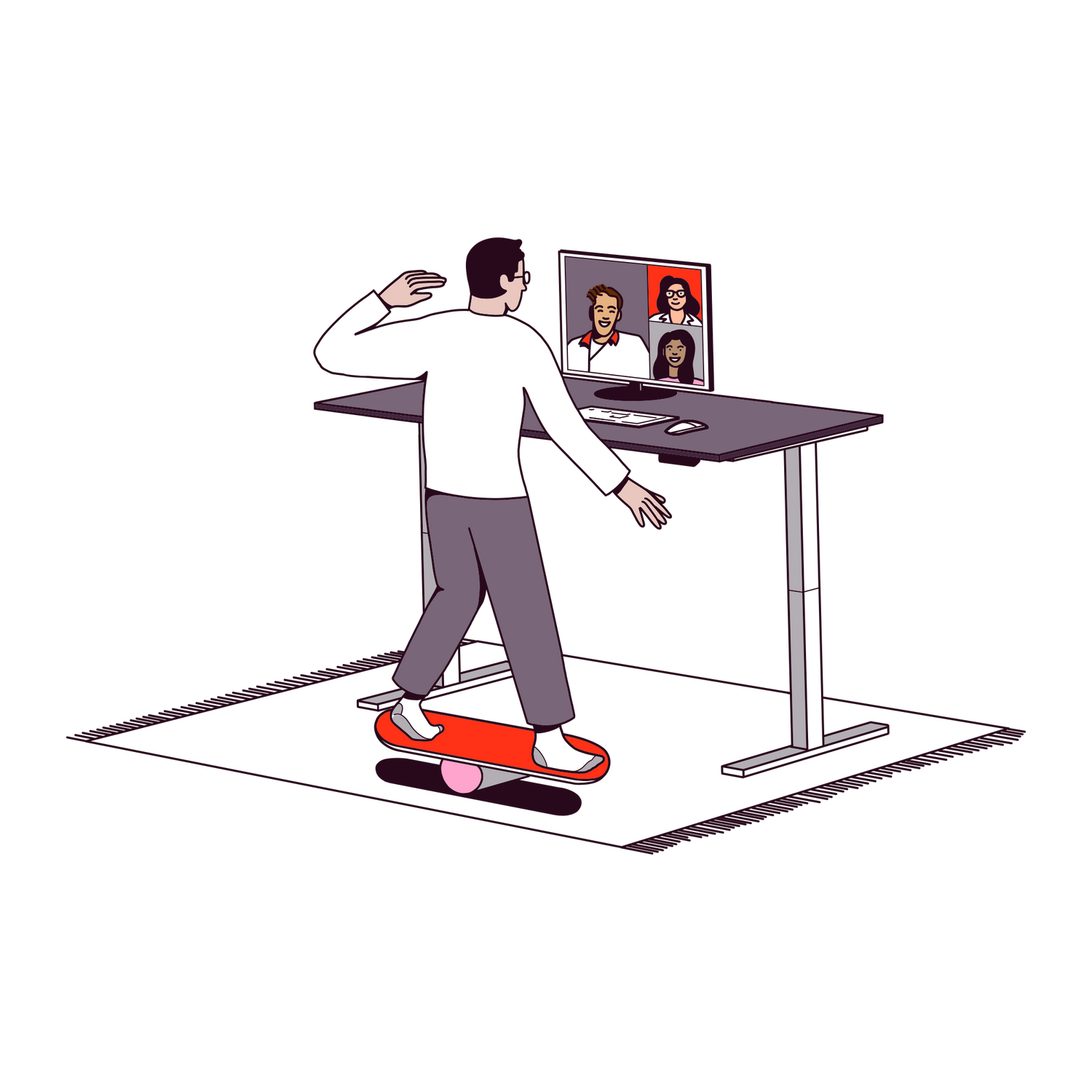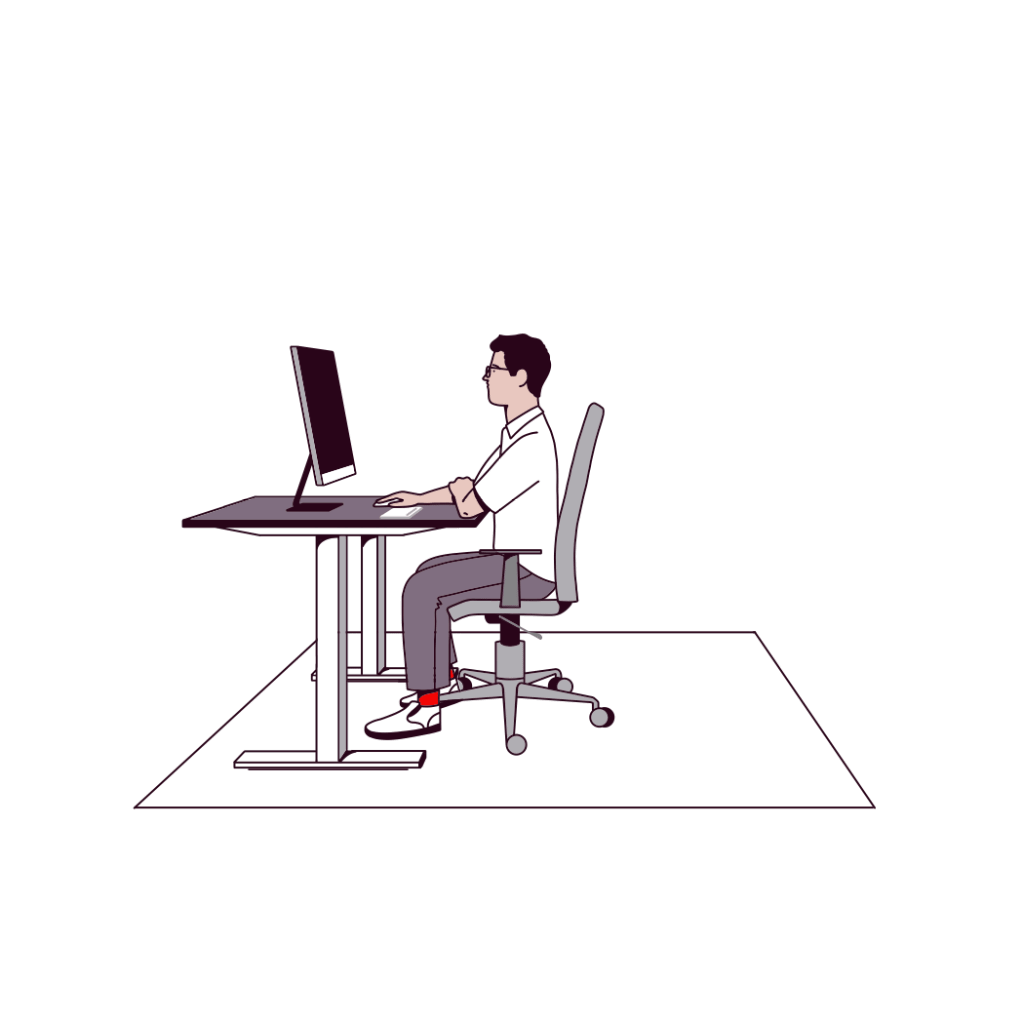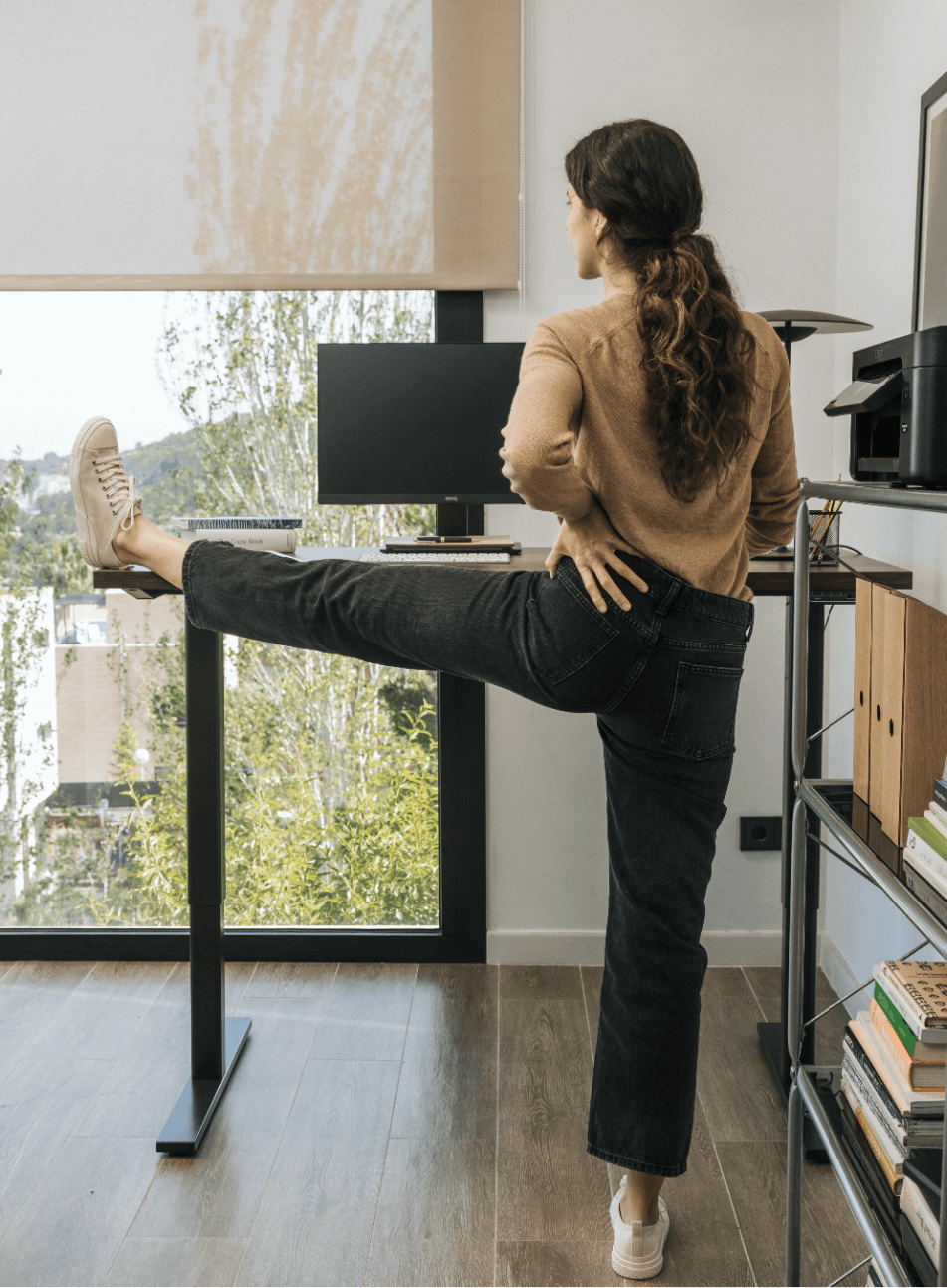La mesa es espectacular, tanto por la calidad de los materiales como por el diseño y su acabado. Es muy cómoda ya que tiene un motor y memorias para que puedas guardar las alturas que desees, esto hace que lo utilices mucho ya que es cómodo pulsar 1 y que se suba la mesa a la altura que hayas configurado etc.
He de decir que la única pega es que cuando nos mandaron la mesa, las instrucciones no se refieren al escritorio de 120cm y al montarla como cambia un paso, nos hizo perder el tiempo y fue incómodo, en Internet está el manual actualizado y atención al cliente también nos lo envío cuando escribí para quejarme, dijeron que lo tendrían en cuenta.
Añadir además que atención al cliente muy bien ya que responden rápido y un dato que para mi es muy importante es que tanto la empresa como los productos de la mesa son made in Spain.
Una buena mesa con calidad profesional. Robusta, no tiembla. Y buenas posibilidades para personalizar.
El escritorio Eleva que compré no era precisamente económico pero cumple con la calidad esperada.
El montaje es fácil y funciona de maravilla.
